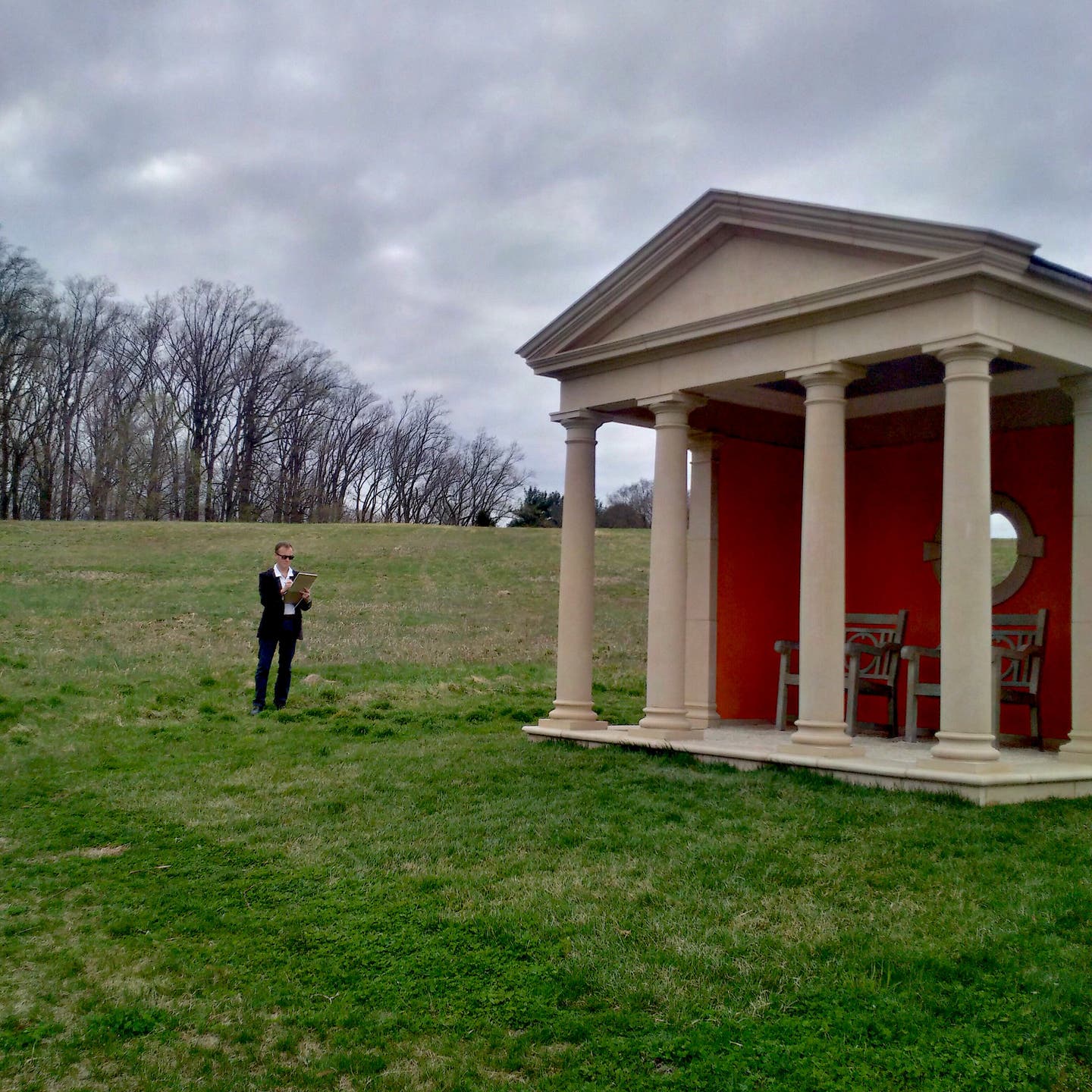
Judy Hayward
Living with Beauty and Sharing It
A vernacular, colonial pine cupboard sent Henry Francis Du Pont down the path of collecting choice American furniture; that led to collecting architecturally accurate rooms in which to house the furniture; that led to enlarging his home so that he would ultimately have 175 rooms to furnish. Du Pont’s journey led to the creation of a museum to share his passion for beauty and history with the public.
Does beauty encourage us to be philanthropic and generous? I hope so. I know I came away with a renewed sense of respect for wealthy collectors when I left Winterthur last week after the Traditional Building Conference on April 10 and 11. I came away wishing that I could have had a conversation with Mr. Du Pont. Then it dawned on me that after spending two days on site, he had been speaking to me and the conference attendees. Here is what I heard.
Henry Francis du Pont was charged with running the family farm. He trained in horticulture and made decisions to subsume the expansion of his house into 175 rooms to respect the landscape at Winterthur so that it would not dominate the natural and created landscape. When it came time to build a visitor center for his museum, he chose a design that worked well within the environment and gave beautiful views of the property from within its walls. He set up a theater for education. Walking along the paths or riding the trams that arrive every 5 minutes or so, I felt welcomed by the staff and could relax and enjoy the views.
After touring the house and seeing the reconstructed rooms for myself, I was struck by how intimate the spaces were and what a treat it was to have time to really look at great architectural detail. In one of the reception rooms, there were two magnificent secretaries—choice examples of the best of American furniture design. We were told about seasonal changes of slipcovers to coincide with blooms in the garden. Du Pont wanted us to savor this site just as he had. And savor I did; despite running the educational program for the conference which means I was multi-tasking minute-by-minute, the setting gave me great energy and our topics of study did as well. I kept telling our attendees that “I have the best job in America.” They agreed.
We had a technical focus to our topics, not unlike Du Pont’s grounding in science: the geometry of the millwork at Winterthur; paint analysis and the myths it dispels; the chemistry and physics of ornamental metals; technological advancements in glass to name a few. We used the museum as a living laboratory on the second day: interior sketching of some of the fine interiors not normally open to the public and we sketched a Neoclassical folly in a field. Non-sketchers explored the early spring gardens with cherry blossoms, magnolia, daffodils and forsythia. It made me want to thank every staff person I met at Winterthur. It made me want to thank Mr. Du Pont!
It made me wonder if the new generation of international billionaires would be as generous. April 15, 2019, gave me an answer. As I watched in horror at the breaking news about Notre-Dame in flames, my heart sunk like so many others. On April 16, I learned that two French families had pledged in excess of $300 million dollars to rebuild Notre-Dame and by this morning, April 17, it was announced that nearly $1 Billion had been raised to restore the church. Yes, beauty does inspire generosity of spirit and wealth. Thank you, Mr. Du Pont, and thank you to all the other wealthy families who have protected and are protecting the world’s cultural patrimony, so we may all benefit from it today.
Judy L. Hayward spends her days pursuing a passion for historic architecture and the ways in which it can be reused to sustain and grow healthy communities. She develops courses in partnership with builders, architects, traditional craftspeople and others to teach both historic preservation and traditional building skills. She has one foot in the nonprofit world as executive director of Historic Windsor and the Preservation Education Institute and the other foot in the world of media and information services as education director for the Traditional Building Conference Series and Online Education Program.








